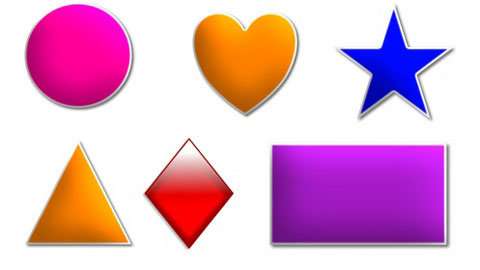Credit: University of Turku
Hypnosis can alter the way certain individuals information process information. A new phenomenon has been identified by researchers from the University of Skövde in Sweden and the University of Turku in Finland. They have successfully used hypnosis to induce a functional analogue of synaesthesia. The discovery opens a window into the previously unexplored domains of cognitive neuroscience.
Synaesthesia is generally understood to be a phenomenon in which objects or mental constructs are uniformly associated with sensory perceptions like taste or color.
"The current study confirms the research group's previous results which showed that it is possible to use hypnotic suggestion to trigger visual hallucinations in a way that is otherwise not possible—say, through practiced use of mental imagery," says Sakari Kallio from the University of Turku.
Participants were videotaped, and interviewed afterwards about their experiences and strategies while doing a STROOP-type color-naming task. The interviews revealed that the same suggestions could, for highly hypnotizable subjects, lead to strikingly different experiences.
The researchers induced an equivalent to synaesthesia in which symbols in a selection—circles, crosses, and squares—were perceived by subjects as having a specific given color.
"Of the four highly hypnotizable participants in the study, three showed a strong synaesthesia-like association between symbol and color, as shown by their verbal reports and confirmed by eye tracking. However, the nature of this association varied widely. Two participants reported that they visually experienced the symbols as having the suggested color, in one case with full self-awareness of doing so and in another case not," Kallio says.
In a third case, the participant did not experience any color change, and was not aware of the given suggestions, but nevertheless showed difficulty in naming the actual colors of the three target symbols. A control group mimicked the task by using their memory or strategies suggested by the research group—for example, practicing thinking of the squares all being green. The control group was unable to reproduce the effect. Perhaps most importantly, the results showed both definite similarities and clear differences to naturally occurring synaesthesia. Nevertheless, and beyond the demonstrated ability to rapidly induce—and cancel—a form of synaesthesia, it is not possible to draw general conclusions until further research is carried out.
A key methodological difference from earlier research is that hypnosis was induced and cancelled very quickly. "Earlier studies have typically used a five-to-ten-minute hypnotic induction period. In this study, hypnosis was induced by counting forward from one to three and cancelled by counting backward from three to one. All tasks were executed in a perfectly normal state of waking consciousness—not under hypnosis, which was induced only when the color suggestions were made," says Kallio.
These alterations allow the possibility to change color perception by explicit verbal suggestion. Such highly hypnotizable subjects can open a window into hitherto unexplored domains of cognitive neuroscience and give fresh impetus to the budding science of consciousness studies.
The results were published in the journal Scientific Reports.
More information: Sakari Kallio et al, Synaesthesia-type associations and perceptual changes induced by hypnotic suggestion, Scientific Reports (2017). DOI: 10.1038/s41598-017-16174-y
Journal information: Scientific Reports
Provided by University of Turku



















